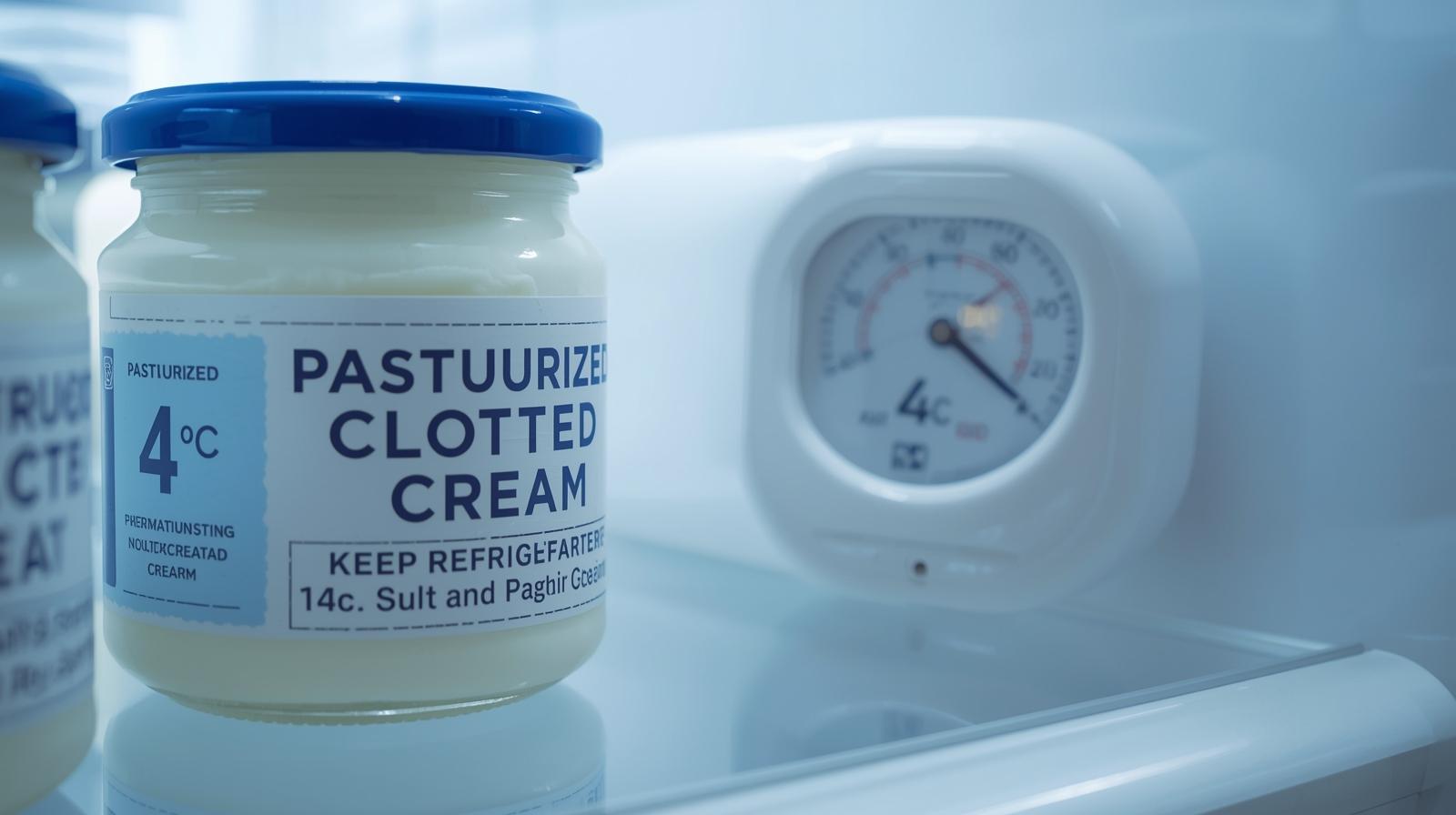
Clotted Cream in Pregnancy — Pasteurization First, Portions Second
Yes—pregnant women can enjoy clotted cream if it’s pasteurized and handled cold. The main safety issue is Listeria monocytogenes in unpasteurized dairy or creams that have spent too long at room temperature. The nutrition issue is very high saturated fat, so small portions are the sweet spot. [1] [2] [6]
What Exactly Is Clotted Cream?
Clotted cream is a thick, spoonable cream made by gently heating full-fat cow’s milk and allowing the cream layer to “clot” and thicken as it cools. The result is an ivory spread with a delicate crust, traditionally served with scones and jam in British afternoon tea. Safety depends on pasteurization of the starting milk and consistent refrigeration after production. [1] [3]


